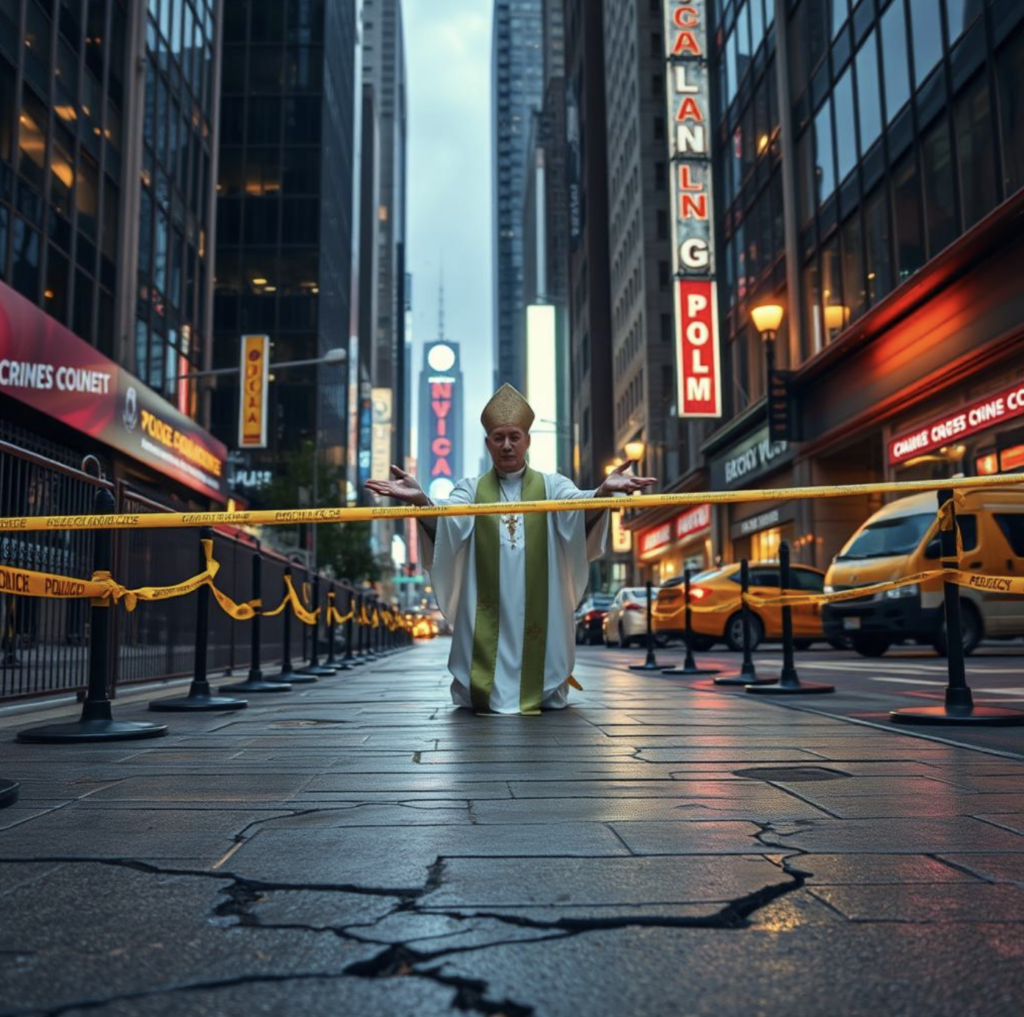- Religion, Crime, and Media: 2025-2027
Project Aim:
The aim of the project is to explore the complex and complicated relationship between religion, media, and crime. We want to ask the question: What can we learn from looking at the religion-media-crime triangle about society that we could not otherwise learn by looking at religion and media, or religion and crime, or media and crime separately or in isolation.

Research on religion, media, and crime has thus far focused on issues such as hate crimes against (religious) minority communities on social media (Williams et al. 2020), media representations on the sex abuse scandal in the Catholic Church (Mancini 2014), media representations and public perceptions of religion’s role in crime resolution (Jones 2008), the material and visual cultures and policy implications around narco-saints (Neumann 2018), or the role of media in the context of religious extremism, or how (religious) minority communities are dehumanized through right-wing rhetoric or in right wing media (Wahlström 2020). That is, in most cases, research has focused on representations of issues of religion and crime in media, and, as an effect of such representations, social perceptions of religious groups and/or crime or criminals. Other studies of crime that do attend to the role of religion have neglected the function of media, focusing on the question to what extent religion (often broadly understood) can deter criminal or deviant behavior or is used as justification for an increased weaponization of society (Desmond 2021, Wo 2023, Vegetal 2023).
However, with this focus of previous research, many other questions remain unexplored. Thus, for our International Exchange on Media and Religion project, in addition to studies of the representations of crime and religion in various media and beyond the topics so far explored, we also encourage analyses of the various processes through which issues related to crime are created and made into public issues through the particular logic of media and the use of religious language, and how media discourses about crime use religious motifs and thus shape understandings of aspects such as guilt, punishment or redemption. We are also interested in exploring how various stakeholders in the religion-media-crime triangle communicate witheach other and with the broader public about issues that touch on vertices of the triangle or the connections between the vertices, e.g. how media are used in prison ministry, how the police or the criminal justice system use religious motifs or practices in a media context to establish their own authority, etc.
To promote the relevance of our project and to demonstrate the impact the religion-media-crime triangle can have on everyday practices, concrete lives, or policies on a local or global level, we encourage in particular projects that focus on or cooperate with organizations that are a part of this triangle, e.g. faith communities, criminal justice organizations, local policy makers, or media producers.
As always, our understanding of media for the purposes of this project is broad and includes body or clothing, leaflets or posters, museums and objects, social media, film, literature, visual and text-based media, etc.
Events
Seminar 1: June 2025 in London, UK.
Seminar 2: Summer 2026
Our Research Group

Funding
The Religion, Media, and Crime project is kindly funded by the Villanova University GRASP (Grants for Research for Arts and Sciences Professors) initiative.

